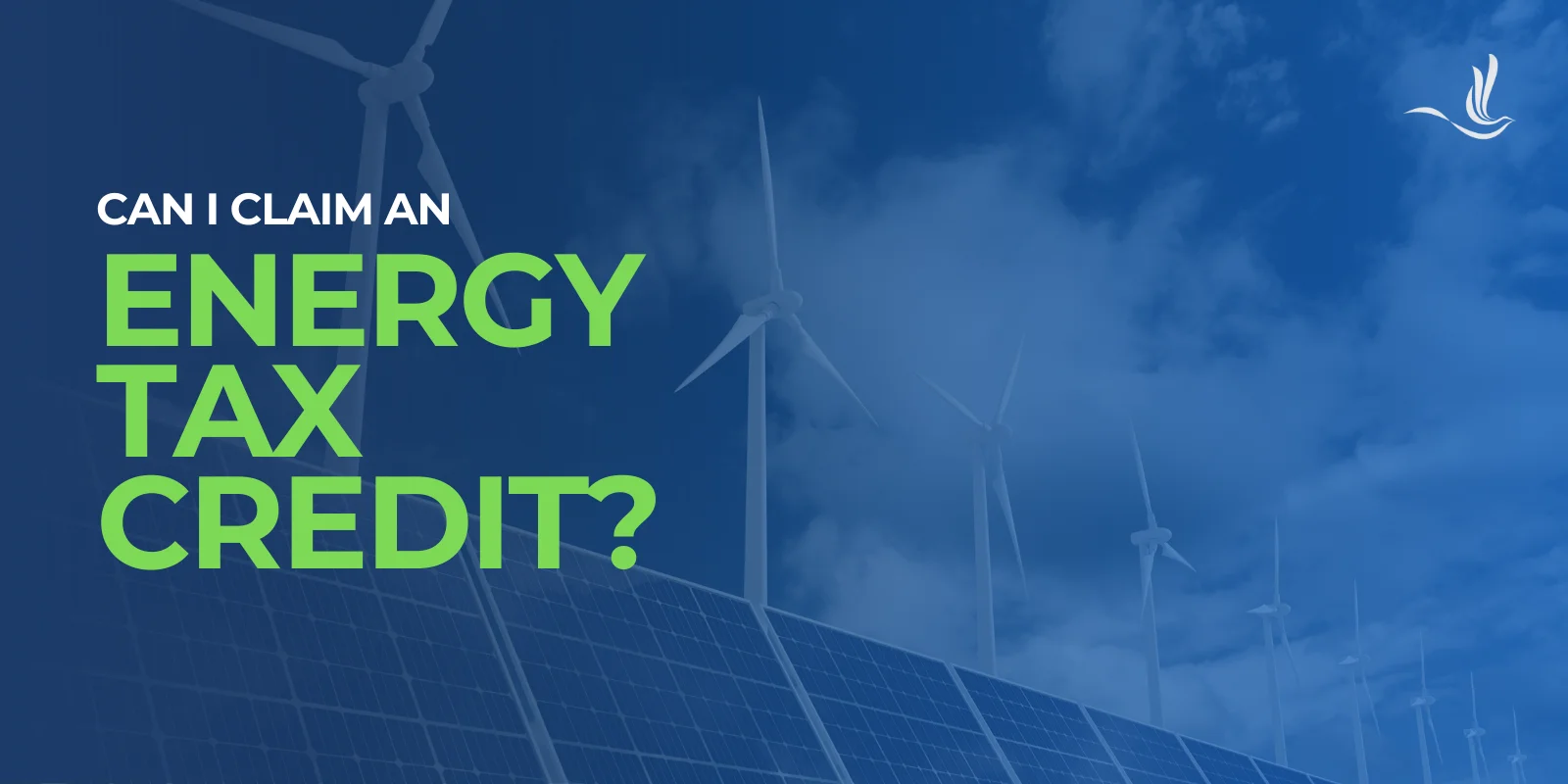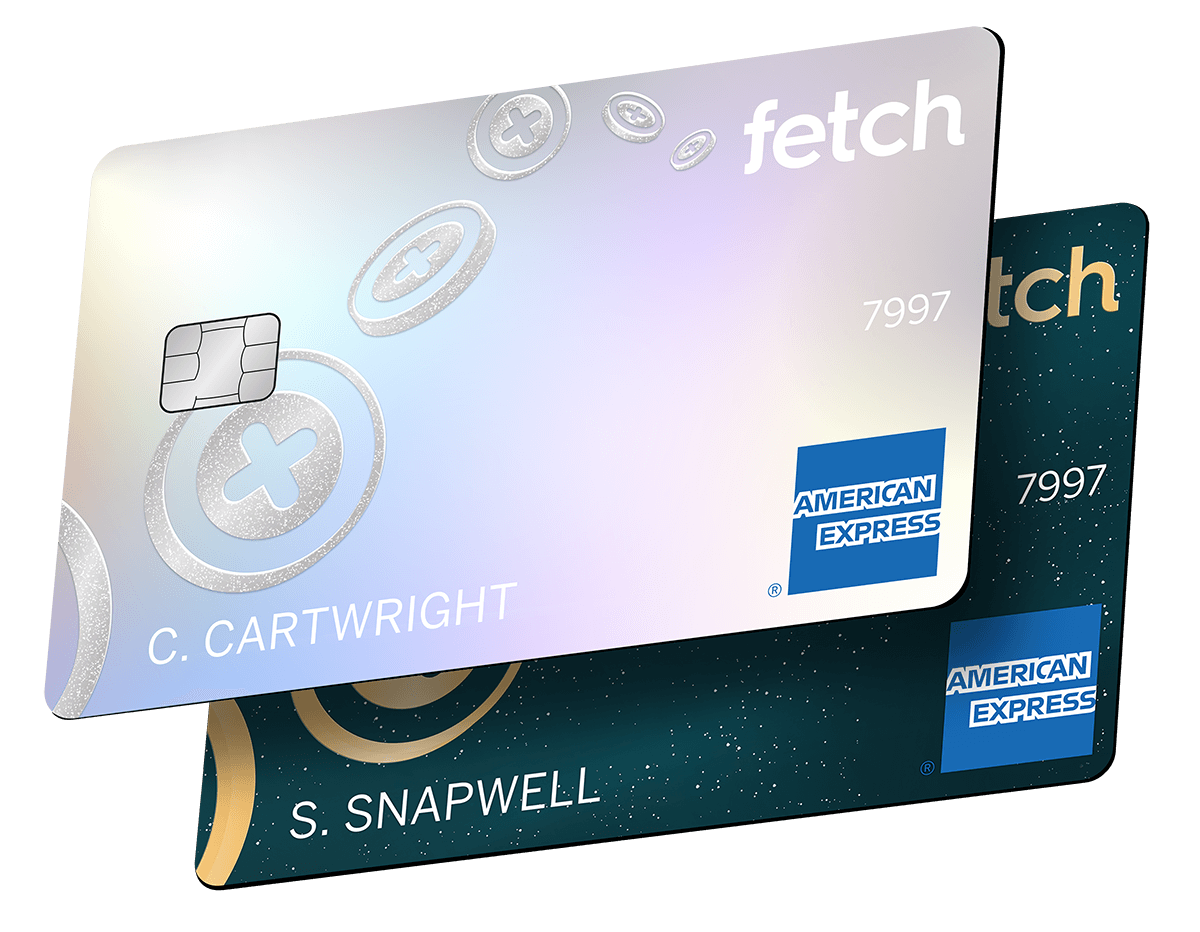Amid growing concerns over climate change, the promotion of sustainable energy practices has become paramount. Governments worldwide are increasingly turning to policy measures to incentivize individuals and businesses to adopt renewable energy sources and reduce their carbon footprint. Among these measures, energy tax credits have emerged as a powerful tool to encourage investment in clean energy technologies. Here’s a breakdown of available energy tax credits, including their eligibility requirements and implications for the future of energy sustainability.
Energy Efficient Home Improvement Credit
The energy efficient home improvement credit provides financial assistance to homeowners for eligible upgrades made between 2023 and 2025. Previously available through 2032, this credit will now end after December 31, 2025. Homeowners can receive a maximum credit of $1,200 for general home improvements and up to $2,000 for the installation of heat pumps or biomass stoves or boilers. You can claim the credit by submitting Form 5695, Residential Energy Credits, with your tax return.
Eligible Projects
You are eligible to receive a tax credit for up to 30% of the expenses incurred on qualified home improvements. Some of these include exterior doors, windows, skylights, insulation, central ACs, water heaters, furnaces, boilers, heat pumps, biomass stoves, biomass boilers, and home energy audits. Although the maximum credit for many of these costs is capped at $1,200, certain upgrades may have additional restrictions or limitations.
For example, the maximum you can claim for a qualifying energy audit is $150 per year. You can claim $250 per exterior door, up to $500. However, insulation has no additional limit outside the total $1,200 cap. Additionally, labor costs do not count toward the credit, unless it’s the cost of installing a heat pump, water heater, biomass stove, or boiler.
Residential Clean Energy Credit
The residential clean energy credit, often called the solar tax credit, covers 30% of qualifying expenses for equipment and installation of solar, wind, geothermal, biomass fuel, and fuel cell systems. Like the home improvement credit, it will expire after December 31, 2025.
This credit is not refundable, meaning it can’t exceed the total taxes you owe, but unused amounts can be carried forward to reduce your tax bill in the next year. To claim it, file Form 5695 with your return.
Eligible Projects
The IRS has laid out specific eligibility requirements for the residential clean energy credit. First, the project must be in your home in the U.S. This can include a house, houseboat, mobile home, co-op apartment, condo, or manufactured home. However, solar, wind and geothermal projects do not need to be in your primary residence. Second, you must own the system. You are ineligible if it was leased or obtained with a power purchase agreement. You must have placed it in service by 2017 or later. Earlier projects do not qualify. Finally, it’s important to note that not all costs associated with installation is eligible.
Electric Vehicle Tax Credit
The EV tax credit encourages electric vehicle adoption by offering up to $7,500 for new EVs and up to $4,000 for used ones. However, this credit is scheduled to end after September 30, 2025. In 2024 and 2025, you can still claim the credit on your tax return (Form 8936) or transfer it to a dealership for an immediate price discount equal to the credit amount.
Vehicle Eligibility
There are a few requirements the EVs must meet to be eligible for this credit. One involves a price cap. Vans, SUVs and pickup trucks may not have MSRPs over $80,000. Other vehicles cannot have MSRPs over $55,000. Used vehicles have caps of $25,000. Another requirement involves where the EV was finally assembled. To qualify, the EV must have had final assembly in North America. If you’re unsure how to find this out, you check the National Highway Traffic Safety Administration’s VIN database.
Used vehicles have their own unique set of additional requirements. Some include that the car must be at least two years old, it must weigh less than 14,000 pounds, and some battery requirements. The IRS recommends taxpayers visit FuelEconomy.gov for the most updated list of eligible EVs. Also, be sure to confirm with dealerships about vehicles because some trim levels do not qualify for the credit.
Taxpayer Eligibility
Taxpayers are limited to certain modified adjusted gross income (MAGI) to qualify. The income limits for new EVs are:
- Single/Married Filing Separately: $150,000
- Head of Household: $225,000
- Married Filing Jointly: $300,000
The income limits for used EVs are:
- Single/Married Filing Separately: $75,000
- Head of Household: $225,000
- Married Filing Jointly: $300,000
You can use your MAGI from the year the car is delivered or the year prior. This will allow you extra wiggle room to qualify.
Tax Help in 2025
Energy tax credits have played a critical role in encouraging adoption of renewable energy and efficiency technologies. But with the Energy Efficient Home Improvement Credit and Residential Clean Energy Credit ending after 2025, and the Clean Vehicle Credit ending after September 30, 2025, there’s a limited window left to take advantage of these incentives. If you’re considering a qualifying upgrade or purchase, acting soon may be essential. Because these credits have detailed requirements, consulting a tax professional can help ensure you qualify and maximize your savings.
Contact Us Today for a No-Obligation Free Consultation
Publisher: Source link










